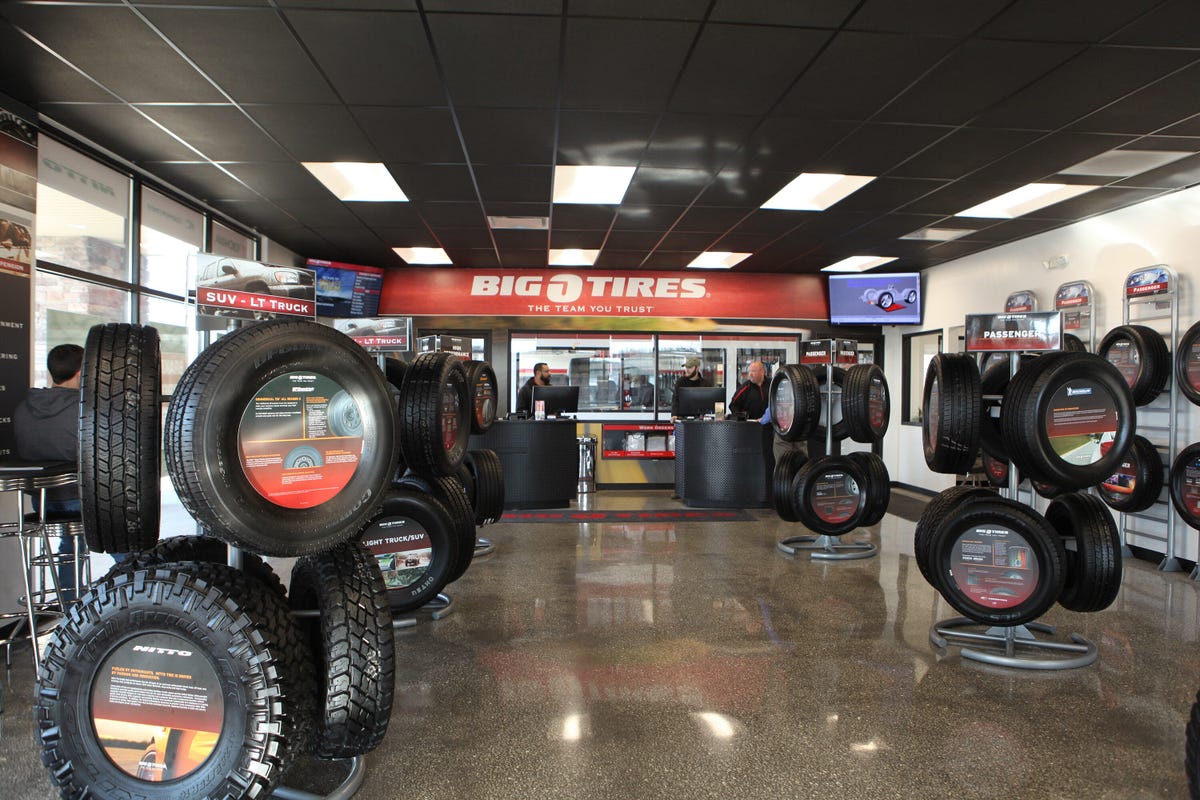Tire Solution: Understanding Tire Stress Monitoring Equipments
Understanding Tire Stress Surveillance Solutions (TPMS) is a crucial aspect of keeping ideal car efficiency and safety when driving. With innovations in vehicle innovation, TPMS has actually ended up being a conventional feature in modern-day automobiles, supplying real-time details on tire pressure degrees. Diving deeper into the details of TPMS, one can discover the numerous parts that compose this system and the relevance of each in ensuring precise monitoring. From straight to indirect TPMS systems, the landscape of tire pressure surveillance varies, each with its distinct collection of considerations and advantages. Stay tuned to untangle the complexities of TPMS, from upkeep suggestions to the obvious advantages of maintaining your tires correctly pumped up. morris tire and alignment.

Value of TPMS
The importance of Tire Stress Surveillance Systems (TPMS) hinges on their capacity to enhance automobile safety and security and efficiency through real-time monitoring of tire pressure degrees. Keeping the correct tire stress is critical for guaranteeing optimal handling, stopping, and total safety and security of a vehicle. TPMS provides vehicle drivers with immediate feedback on any overinflated or underinflated tires, enabling prompt modifications to be made.
Parts of TPMS
Making up various crucial aspects, a Tire Pressure Tracking System (TPMS) functions as an innovative security feature in modern-day cars. The main elements of a TPMS include sensing units, a control module, and a warning sign. Sensors are typically situated in the tire shutoff stem or affixed to the wheel assembly, where they determine tire pressure and transfer information to the control module. If it spots substantially low pressure in any of the tires, the control component procedures this information and causes a warning. The caution indication, typically an icon on the dashboard, signals the motorist to examine the affected tire or tires. Some advanced TPMS versions additionally display the real tire stress readings for every tire, supplying vehicle drivers with real-time info to make certain optimal tire performance and safety. By monitoring tire stress continually, TPMS helps avoid mishaps, lowers tire wear, and enhances fuel efficiency, making it a vital part for lorry safety and efficiency.
Sorts Of TPMS

On the various other hand, indirect TPMS counts on the car's wheel speed sensors to keep an eye on tire stress. This system discovers underinflation by contrasting the rotational rates of the wheels. Indirect TPMS is much less expensive than direct TPMS, as it makes use of existing sensors within the lorry.
While direct TPMS uses more precise analyses, indirect TPMS is simpler in layout and normally requires less upkeep. Both systems have their benefits and constraints, and the selection between them typically depends upon aspects such as cost, car make, and individual preference. Comprehending the differences between these 2 types of TPMS can assist lorry owners make informed decisions pertaining to tire maintenance and safety.
TPMS Maintenance Tips
Conduct routine checks on the tire stress levels and contrast them with the TPMS readings to ensure they are consistent. Throughout tire rotation or substitute, make sure that the TPMS parts are dealt with meticulously to protect against any type of potential damage. If the TPMS warning light illuminates on the control panel, address the problem promptly by checking the tire pressures and the overall system for any type of mistakes.
Advantages of Appropriate Tire Pressure
Maintaining correct tire pressure, as emphasized in TPMS Maintenance Tips, is essential for reaping the numerous advantages connected with optimal tire stress levels. Furthermore, correct tire pressure guarantees also tire wear, prolonging the lifespan of the tires and advertising safer he has a good point driving problems. In final thought, the benefits of correct tire stress go beyond simply tire durability; they encompass boosted gas effectiveness, enhanced security, better lorry performance, and total driving comfort.
Conclusion
In verdict, comprehending tire pressure tracking systems (TPMS) is essential for maintaining ideal tire pressure and making sure car safety and security. By identifying the value of TPMS, being familiar with go to my site its parts, knowing the various kinds available, sticking to proper maintenance pointers, and realizing the advantages of keeping correct tire pressure, vehicle drivers can enhance their driving experience and extend the life-span of their tires. Proper tire stress is crucial to risk-free and efficient automobile operation.
